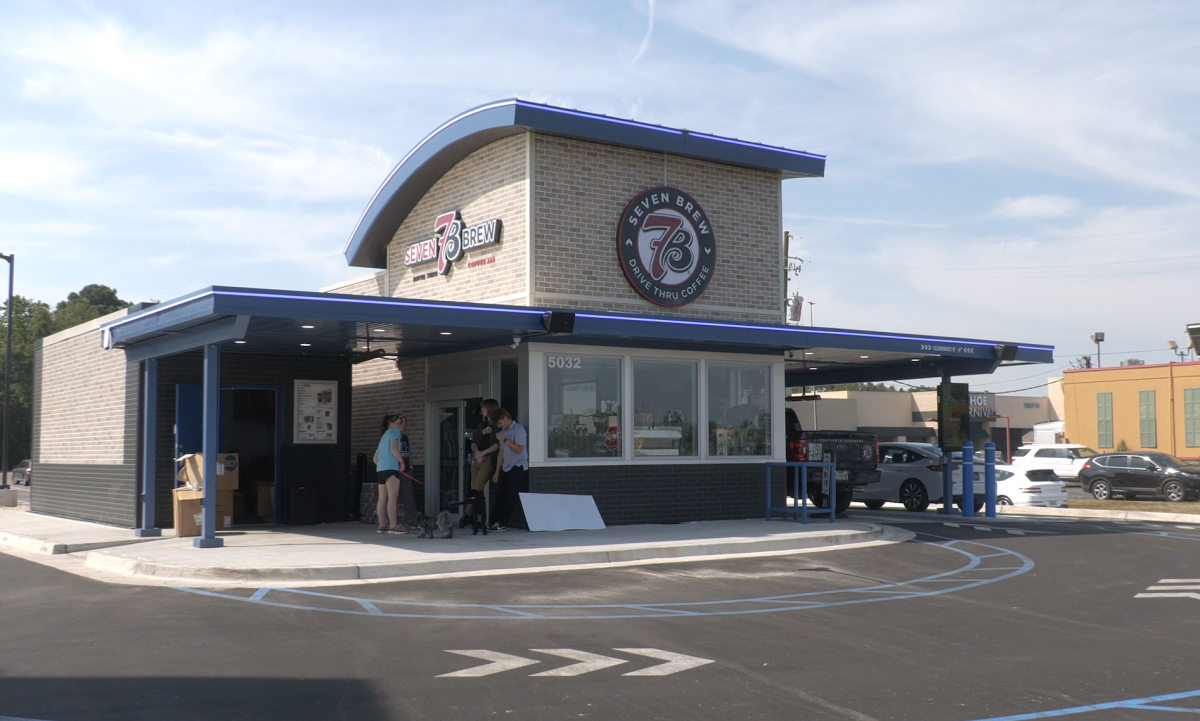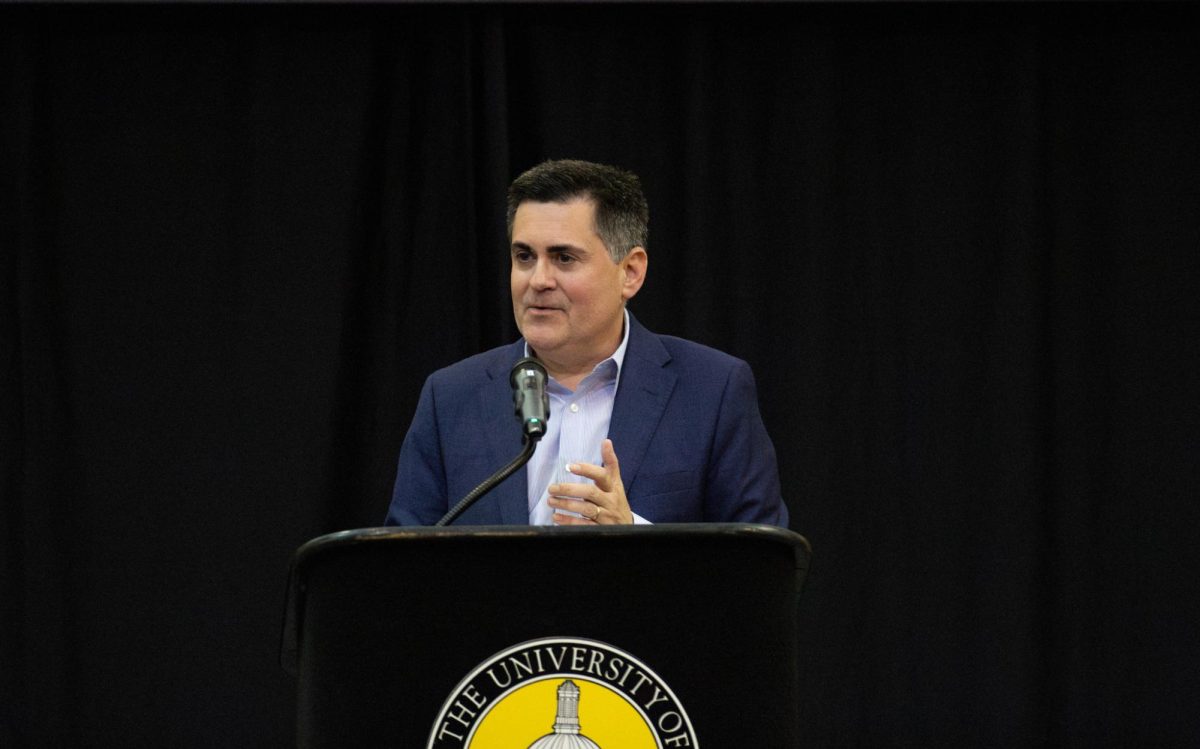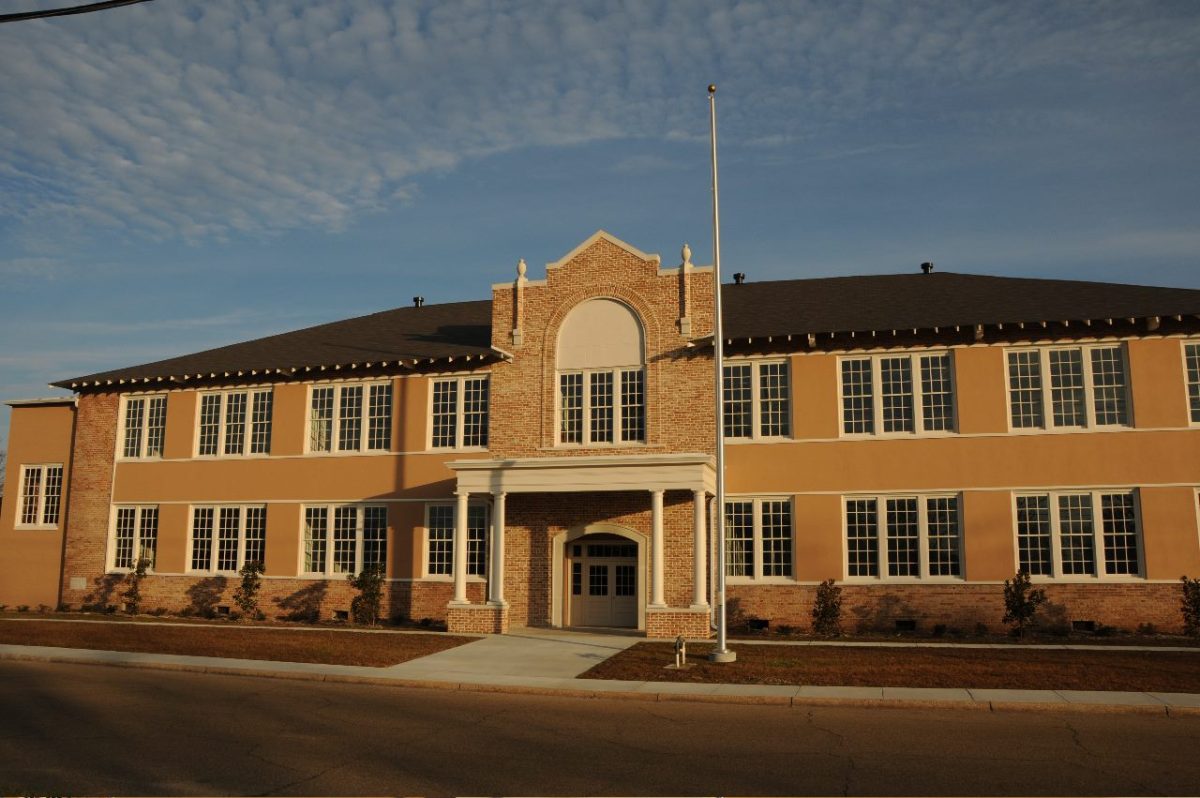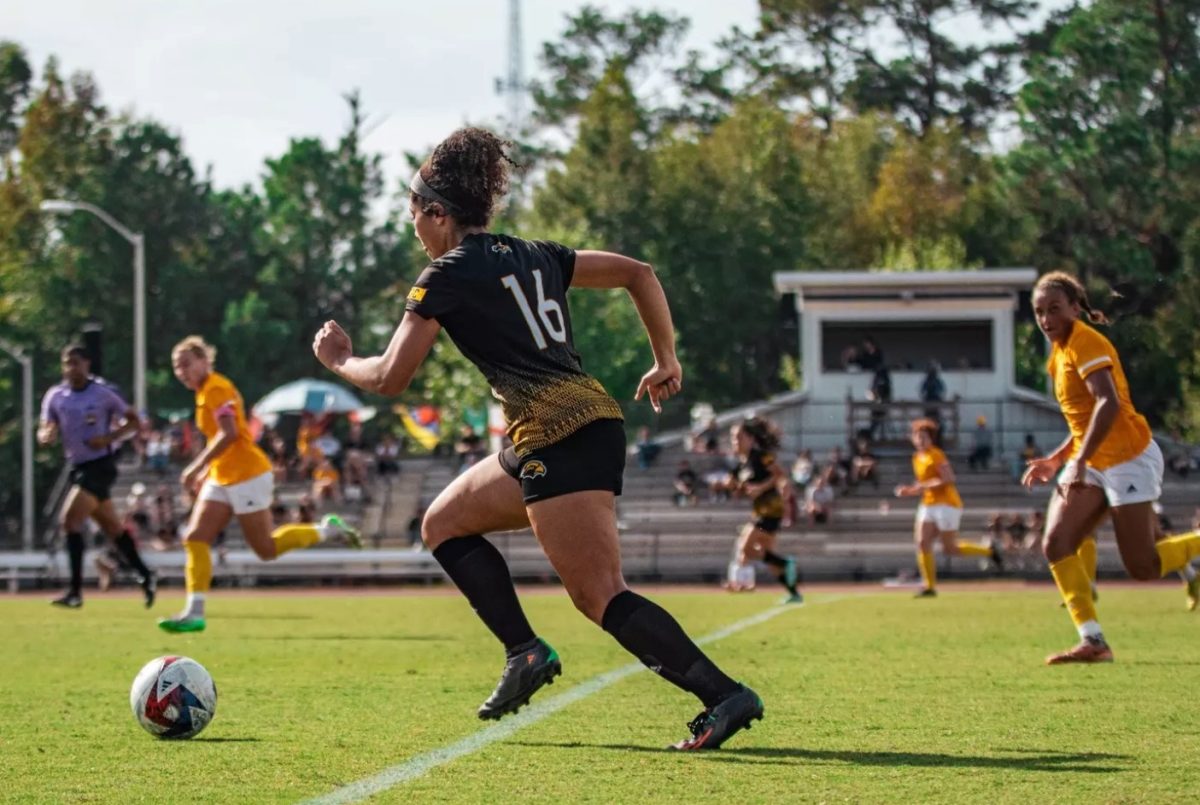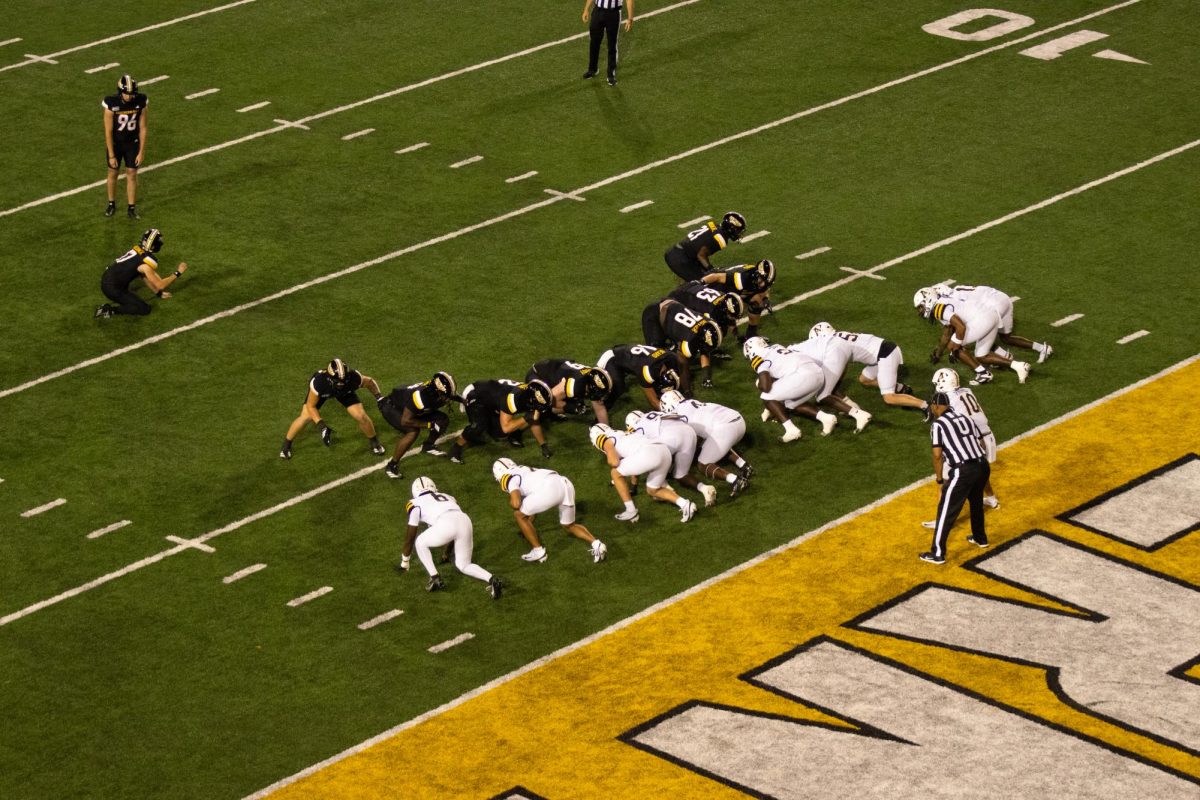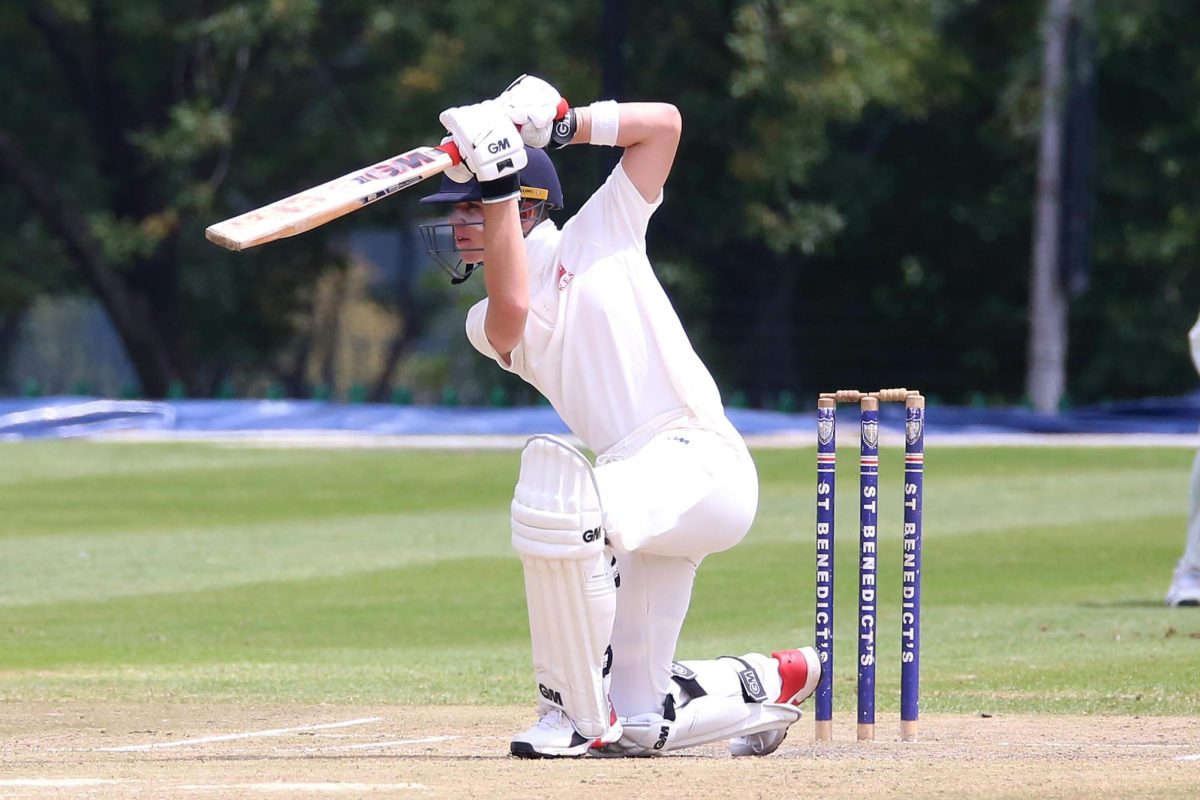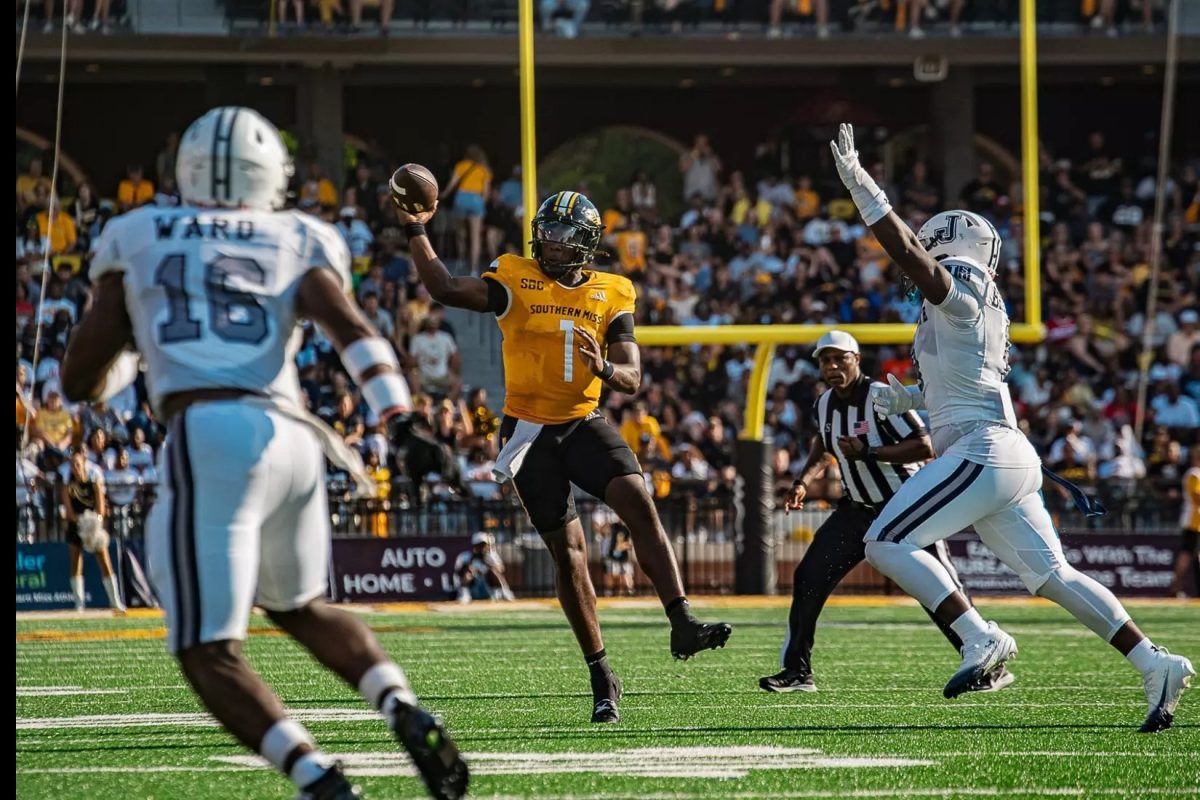 It is certainly safe to say that Southern Miss football has been on a downward spiral over the past few years, which included a 23-game losing streak.
It is certainly safe to say that Southern Miss football has been on a downward spiral over the past few years, which included a 23-game losing streak.
But outside of the football program and the fan base, has the lack of success on the gridiron really hurt The University of Southern Mississippi as a whole? Statistics show that it could definitely play a role in damaging USM’s image and budget.
When the Golden Eagle football program was solid and producing on the field, enrollment was never higher. The year 2011 marked USM’s highest-ever enrollment at 16,604, which was the fifth consecutive year that enrollment increased from the previous year.
However, the enrollment amount for 2014 is just 14,845, nearly an 11 percent decline from the 2011 peak. Enrollment is nearly 3 percent lower than it was in 2013 as well.
Now that state appropriations are no longer the university’s main source of income—tuition has now become the main source—the university is forced to make budget cuts. Vice President of Finance and Administration Douglas Vinzant said the university could reduce their budget by up to $7 million.
“When we have a decline in enrollment, that automatically impacts the amount of revenue that is available to spend,” Vinzant said. “So, when your revenue goes down, then you have to adjust your spending plans down.”
One of the biggest fallouts of the budget cuts is the university choosing not to fill certain job openings because they simply cannot afford to do so.
“So, instead of, if a position becomes vacant automatically refilling it, it needs to be signed off on by higher levels of the university that (administrators) agree does need to be
filled,” Vinzant said.
This does not mean the university is no longer filling empty positions, but they will simply have to evaluate each position on an individual basis to see if the position is absolutely necessary to be filled. Also, with the lack of students, there will now be a decrease in employees across the board.
“Say, if you have 500 fewer students, then you’ll have 25 fewer faculty (members) to keep that same ratio,” Provost Denis Wiesenberg said. “This will make it a challenge for students to work out their schedules.”
While it may seem a bit farfetched to believe that the lack of success of the football program directly correlates to the budget cuts, it is far more common than most realize.
According to a report conducted and authored by Michael Anderson in 2012, “The Benefits of College Athletic Success: An Application of the Propensity Score Design with Instrumental Variables,” if a school increases their win total by five games from the season prior – USM’s win total jumped from eight in 2010 to 12 in 2011 – they will see a 5 percent increase in the amount of applicants and a 28 percent increase in alumni donations.
The report said, “it is possible that winning seasons have a larger effect on visibility for lower-profile non-BCS schools than for high-profile BCS schools.”
In a study conducted by Joshua Hansen of Texas Tech University, 24 percent of the applicants said that Michael Crabtree’s game-winning touchdown catch against Texas influenced their decision to apply to the university.
The following year, Texas Tech experienced a 10 percent growth in their overall number of applicants. It should also be noted that Texas Tech had three more regular season wins in 2008 than 2007.
Devin Pope and Jaren Pope conducted a study that showed an average growth of roughly 3,000 applicants from all Division I-A schools from 1983-2000. However, schools that were perennially in the AP top 20 saw an increase of nearly 5,000 during that period.
There are countless studies done on this subject and the overwhelming majority support that success on the football field directly correlates to the number of applications a school receives.
While it is out of university administrators’ control, a thriving football program at Southern Miss could lead to more applicants to the university and would allow them to not worry about making budget cuts.

